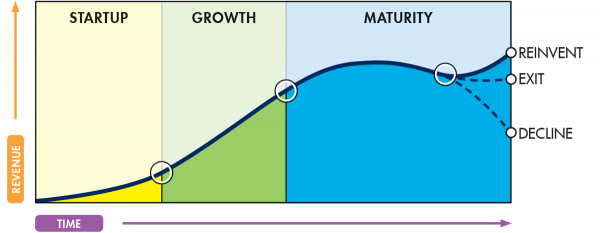
Leadership competencies required today aren't significantly different than they were 20 years ago. However, dramatic environmental change has emphasised certain leadership skills over others. With definitive research informing what is currently needed from our leaders, now is the time to invest in their development and prepare them for what lies ahead.
Leadership competencies have been refined over many years of research. Since as far back as the 1960’s, when Blake and Mouton highlighted the importance of leading people as well as managing process, the essential skills of leadership have been systematically developed and defined.
Over time, leadership theory progressed through the introduction of Situational Leadership Theory (Hersey & Blanchard, 1969), and then transformational leadership (Burns, 1978), to position the follower as a pivotal element to leadership success. Which brings us to the present and the overwhelming need to recognise the impact of our environment (business, economic, and social) and how different external issues call on different leadership strengths to effectively navigate through the turbulence (Zaccaro, 2004).
So how has the current economic and social environment impacted leadership, and what qualities and skills are in demand?
A recent systematic review of the literature (Bauwens et al, 2021) concluded that leadership competencies have remained reasonably stable over time, but there has been a shift in emphasis in what is required to be an effective leader. Bauwens and colleagues uncovered three key trends.
In no specific order the first of the leadership competencies are not surprisingly agility and adaptability, as a responsive mindset is needed to react to constant change. Second is the need for leaders to be open and inclusive, particularly when it comes to decision making. With subject matter experts taking a seat at the table, and emerging leaders filling noticeable voids created by shifts in demand on products and services, new people and positions need to be in on the conversation. Last, but certainly not least, are communication skills. Particularly the skills of public speaking, and interpersonal communication that calls for empathy and humility as leaders deal with emotionally vulnerable employees, peers, and customers (Bauwens et al, 2021).
Two years into the pandemic, people and organisations are starting to ‘catch their breath’, as they adjust to what has now become somewhat routine. If we take a leaf out of the business life cycle literature, applying the “S” curve model would suggest that leadership development is timely.

S-curve Model (Fisher-Pry, 1971)
Using the lens of the S curve, one could argue that the pandemic forced every organisation and every industry to go through a rapid phase of learning (‘growth’). However, the newness of these challenges is easing, and familiarity (in some instances) has provided a slight reprieve. With this hiatus comes the opportunity for reflection which can inform the next step; a pivotal moment which offers three alternate pathways:
- the curve upwards, as organisations and industries reinvent/replenish and grow;
- the curve outwards, as an exit strategy (not an option in this case);
- the curve downwards, when no action is taken, risking decline as competitors or the environment finds a new edge.
If we superimpose the S curve over a timeline for leadership development, now is the time to take stock and build bench strength so people, organisations, and industry are in the best possible shape to face what lies ahead.
In the words of Amelia Earhart–the first woman to fly solo across the Atlantic–"preparation…. is rightly two-thirds of any successful adventure”.
Contact Team Management Systems to invest in a 360-leadership program for your organisation or to become accredited in the Linking Leader LLP|360 Profile.
